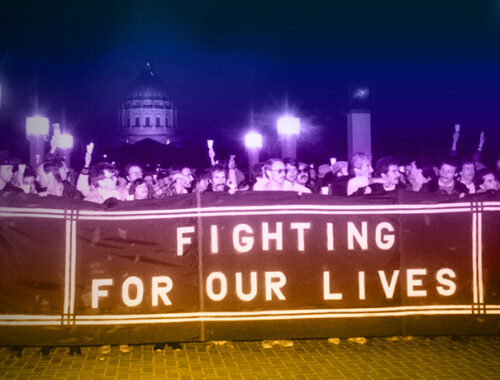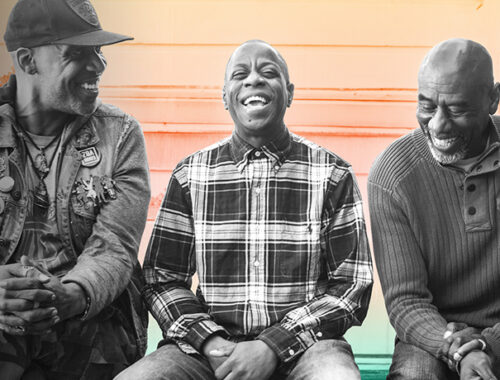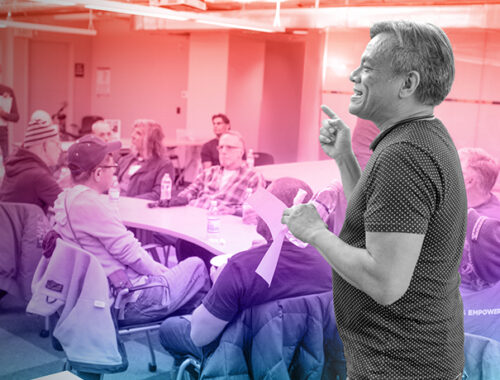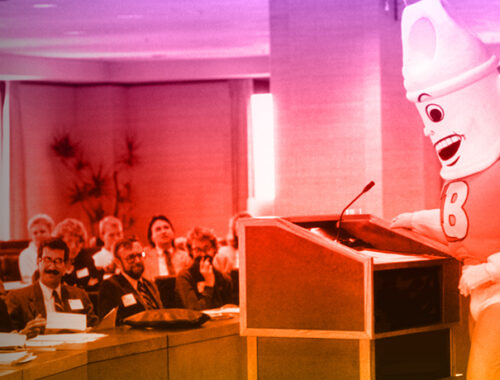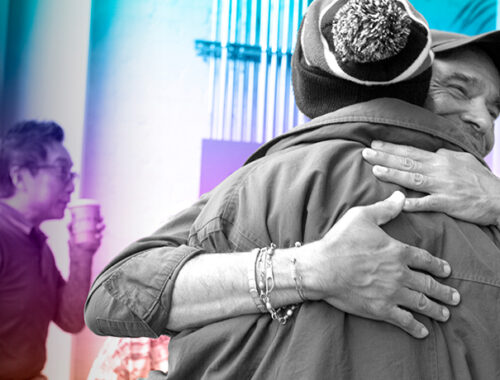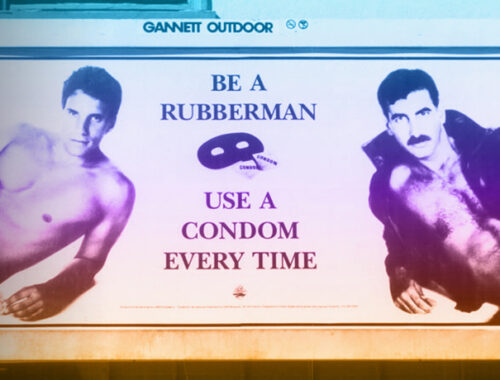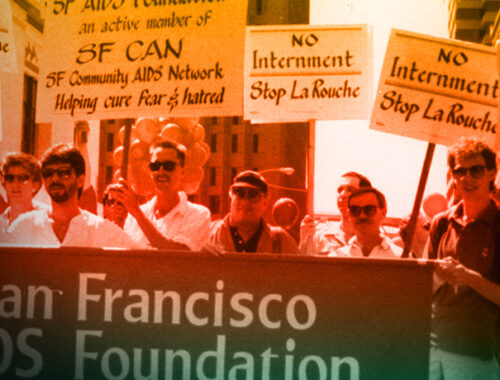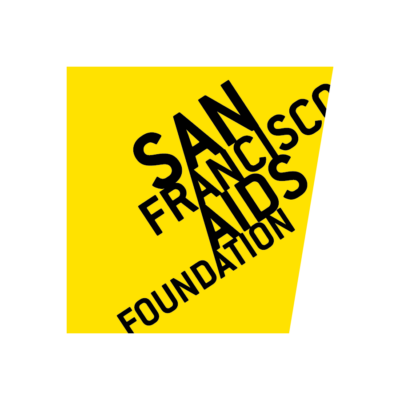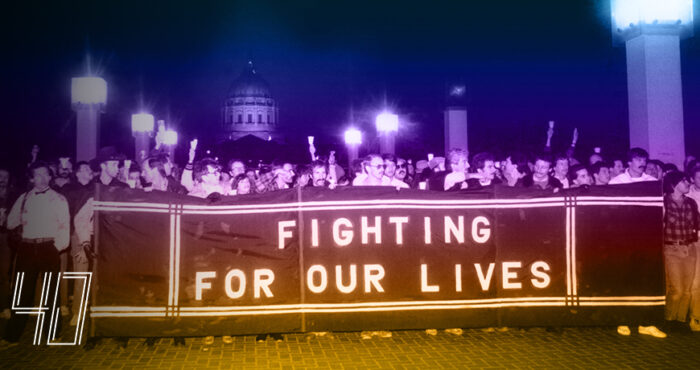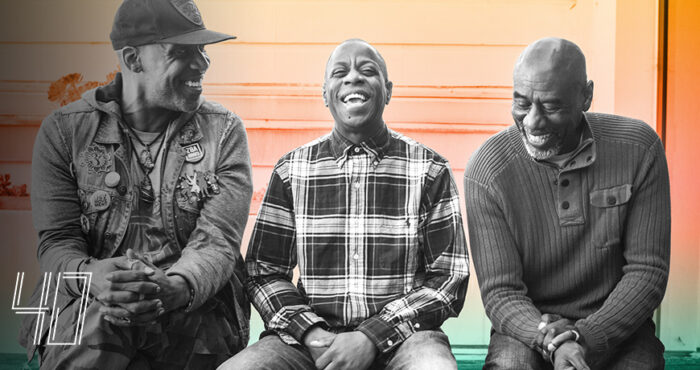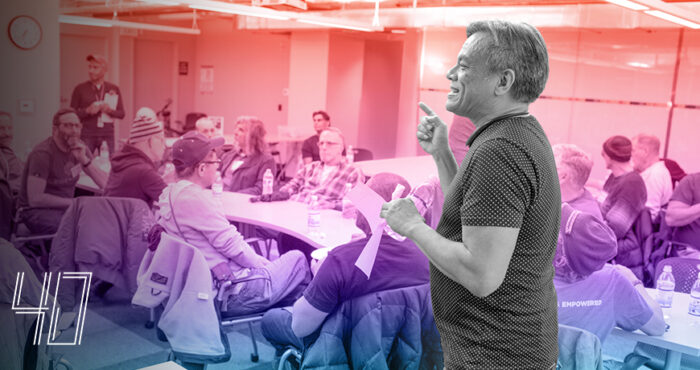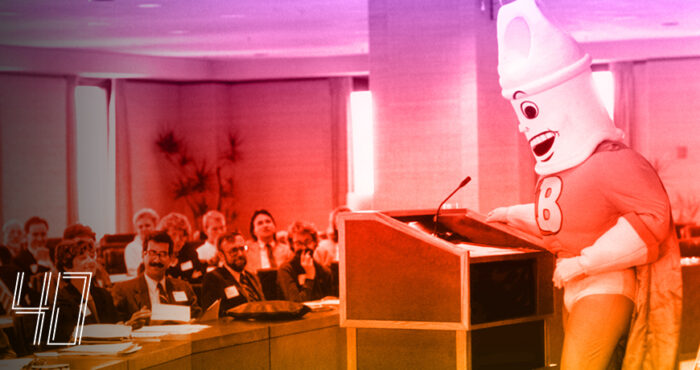Our 40 years of history: From 1982 to 2022
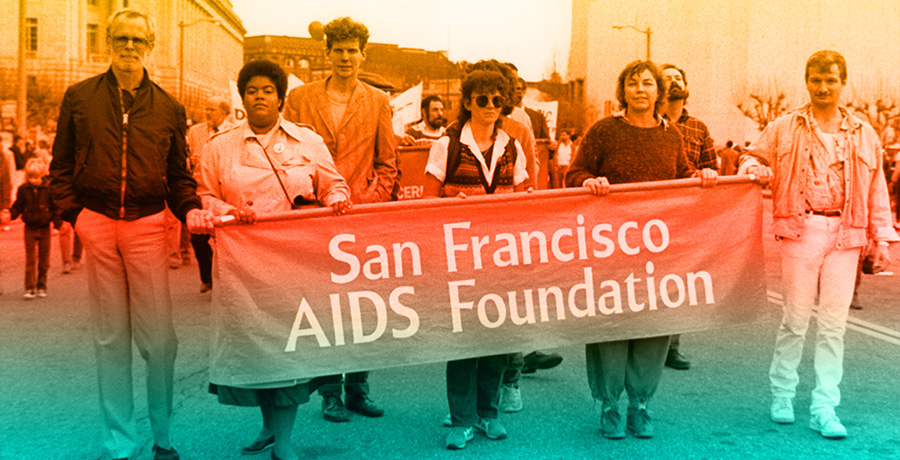
The history of San Francisco AIDS Foundation begins in April of 1981, when the news of a strange and aggressive form of cancer afflicting otherwise healthy, young gay men reached San Francisco.
Dr. Marcus Conant, a San Francisco-based dermatologist, heard news of Kaposi’s sarcoma cases from a colleague in New York, and soon became aware that there were San Francisco residents with this strange new disease. Other gay men were falling seriously ill from pneumocystis pneumonia, normally only found to develop in people with weakened immune systems. A handful of doctors across the nation discussed amongst themselves and at conferences–what could be causing these cases of Kaposi’s sarcoma and pneumocystis pneumonia?
That summer, on June 5, the Centers for Disease Control published the first official Morbidity and Mortality Weekly Report (MMWR) of what would come to be known as AIDS–sharing news of an unusual outbreak of Pneumocystis carinii pneumonia (PCP) among five “active homosexuals.”
Cleve Jones, legislative assistant and political consultant for San Francisco assembly member Art Agnos, met with Dr. Conant soon after the MMWR was published.
“Dr. Conant was very prescient, and understood that this was a calamity that was about to unfold,” said Jones. “He knew we would need to raise millions of dollars, which is why he reached out to Agnos’ office, because at the time, Agnos was on the Health Committee and on the Ways and Means committee. He was powerful in terms of the purse strings.”
The two met at Zuni Cafe, on Market Street in San Francisco, to discuss the disease which seemed to cripple the immune systems of otherwise healthy young gay men.
When Jones spoke with his boss, Agnos realized the seriousness of the situation now unfolding. Jones remembers that Agnos told him, “You don’t need to come into the office anymore.” Along with Dr. Conant, Jones began to work on how to raise awareness and share information about Kaposi’s Sarcoma.
In April 1982, Dr. Marcus Conant, Frank Jacobson, Cleve Jones, Richard Keller, Bob Ross, and Dr. Paul Volberding formed the Kaposi’s Sarcoma Research and Education Foundation, which would later be renamed the San Francisco AIDS Foundation.
In the first year, the organization existed in a very small office on Castro and 18th Street, seeing a limited number of clients and operating a single-telephone information and referral Hotline. The organization was operated entirely by volunteers.
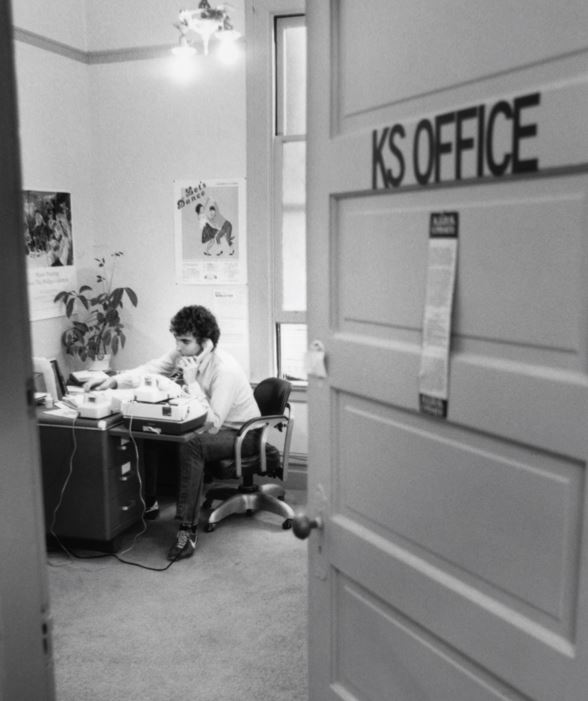
It wasn’t long before the organization gained recognition locally and nationally as a trusted source of information. As the epidemic grew, the organization expanded with funding from local and state sources and grassroots community fundraising. They were able to hire paid staff.
In 1983, the organization split into national and local chapters, and in 1984 the local chapter renamed itself the San Francisco AIDS Foundation and officially separated its affiliation from the National Kaposi’s Sarcoma Research & Education Foundation. In February 1984, the San Francisco AIDS Foundation was established as a not-for-profit entity.
Over the years, our grassroots community organization has evolved–adding and iterating services to respond to the changing landscape of HIV. Building, from the ground up, systems of care to support and educate people living with and at risk for HIV.
“One of the most remarkable things to me is just how completely unprepared we were,” said Jones. “We were this tiny, vulnerable community, and only had been decriminalized a few years earlier. There was so little support, so we had to create this infrastructure from scratch. None of us knew what we were doing, and even the medical doctors had to do this community organizing work. This remains one of the things that I’m most proud of–what we created, out of thin air.”
Over 40 years, San Francisco AIDS Foundation has grown from a tiny grassroots operation run by volunteers to an established organization serving more than 25,000 clients yearly.
Commemorating 40 years
Join us every month in 2022 as we mark 40 years of service to the community.
On this occasion, we take a look back and share our storied history of leadership in HIV prevention, education, advocacy, and care. We celebrate the remarkable individuals at SFAF and in the community who have pushed forward innovation with compassion. We honor those we have lost to HIV along the way. We also reflect on the many ways our organization has grown and evolved to respond to the changing landscape of HIV and the changing needs of our community.
As we look back on our history, we approach the future with hope, and with a renewed sense of all that our passion and ingenuity can bring to enact positive change in our community. We will act in bold and brave ways to reach an end to the AIDS epidemic, and ensure that health justice is achieved for all of us living with or at risk for HIV.
After 40 years, we will not lose sight of our commitment to our community, and our vision for a brighter future.






